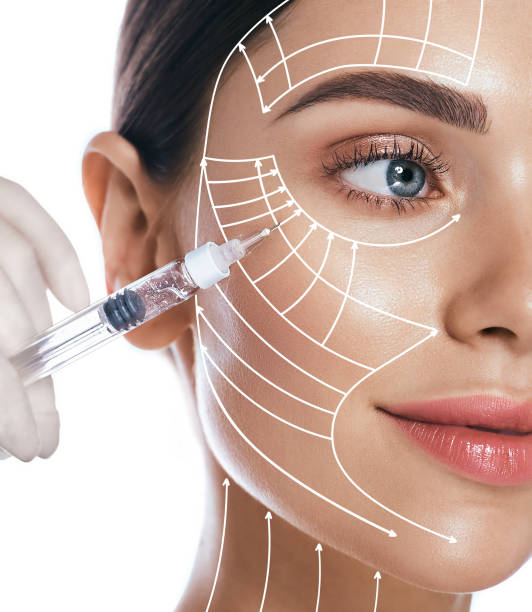PRP stands for platelet-rich plasma, a natural product derived from your own blood. It contains a high concentration of platelets. These platelets help repair damaged tissues by releasing growth factors. These growth factors encourage healing and cell regeneration in targeted areas.
Doctors extract PRP by drawing a small amount of blood from your arm. They then spin the blood in a centrifuge. This process separates the platelet-rich layer from other blood components. Once isolated, the PRP is either injected or applied to the skin.
Why PRP Supports Faster Skin Recovery
PRP helps heal the skin faster when used after cosmetic procedures. It activates your body’s natural repair system. It stimulates collagen, a protein that supports skin structure and elasticity. More collagen means smoother, firmer, and more even skin.
After treatments like microneedling or chemical peels, PRP reduces swelling and redness. This shortens recovery time and leads to better skin texture. It also helps fade scars, dark spots, and uneven tone. The overall result is skin that looks refreshed and feels healthier.
What to Expect During Treatment
A session starts with a quick blood draw, typically lasting less than five minutes. The collected blood is then placed into a centrifuge. This machine spins the blood to separate its components. The process produces a golden plasma rich in healing platelets.
Depending on your treatment, the provider applies or injects the PRP into your skin. For microneedling, it is usually applied on the surface. For scars or specific areas, it may be injected directly. Most patients feel only mild discomfort during this part of the session.
When to Use PRP After Skin Treatments
The therapy can enhance results from various cosmetic skin treatments. After microneedling, it boosts collagen and shortens healing time. It also improves skin tone and texture for more noticeable changes. The treatment helps make results more effective and long-lasting.
For laser resurfacing, it soothes the skin and speeds recovery. It reduces inflammation and supports healthy new skin growth. After chemical peels, it accelerates cell turnover for brighter skin. PRP may also reduce scarring and improve healing after facial surgery.
Finding a Skilled Provider
Choosing the right provider improves the results of your treatment. Look for a licensed medical professional with cosmetic experience. Dermatologists and plastic surgeons often have the right training. Ask about their experience with PRP and related procedures.
A skilled provider will assess your skin and recommend a treatment plan. They can explain what to expect during and after your session. This guidance helps you feel more confident and prepared.
Boost Your Recovery
PRP provides a natural method to boost healing and enhance skin results. It works well with many cosmetic skin treatments. Whether after microneedling, laser therapy, or chemical peels, it supports faster recovery. This helps you see improvements sooner and with less downtime.
Speak with a skincare expert to see if PRP suits your goals. A customized plan can maximize your treatment benefits. With the right care, you can enjoy smoother, healthier-looking skin. PRP helps you reach your skincare goals more efficiently.
- FREHF – The Revolutionary Future Of Human-Centered Technology!
- Adsy.Pw/Hb3 – Boost Your SEO And Drive More Traffic!
- Fitness Based Vacations By Timeshealthmage.com!
- TimesHealthMag Tips For Improving Sleep Quality – Expert Advice For Better Rest!
- How TimesHealthMage Helps Improve Your Lifestyle Habits!


Leave a Reply